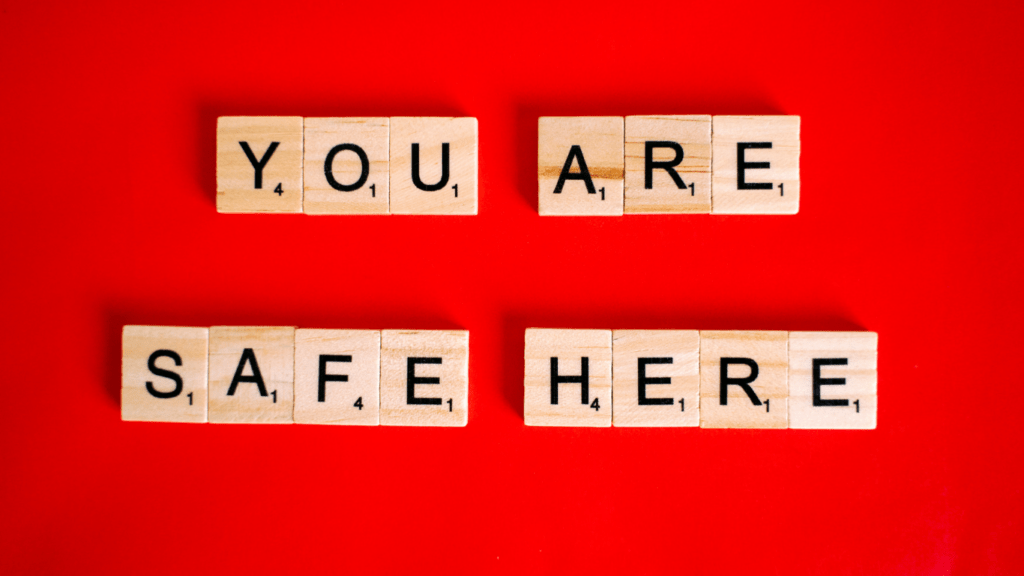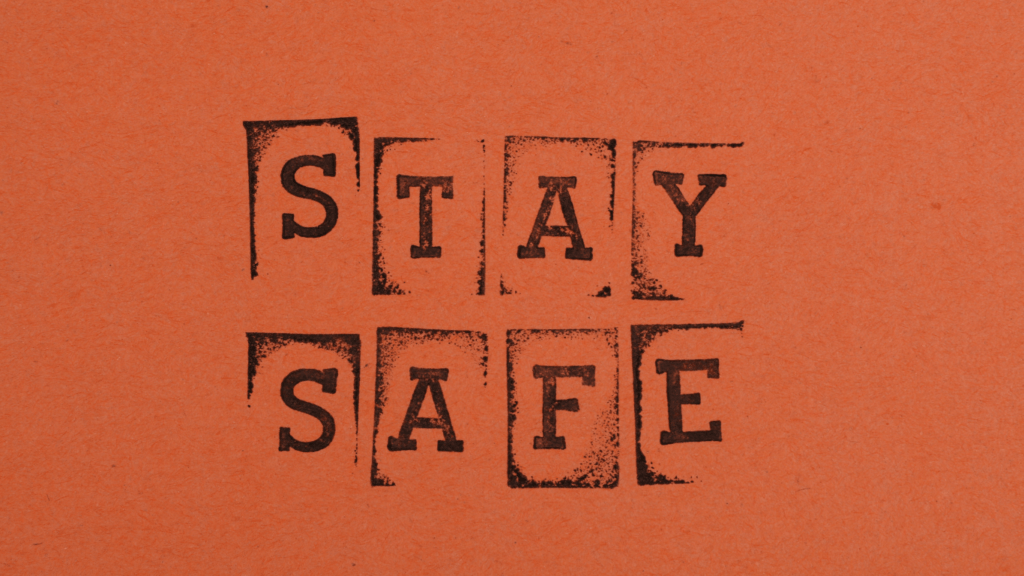Venturing into remote locations offers a sense of adventure and discovery, but it also comes with potential risks that need to be managed. As an avid explorer myself, I understand the importance of prioritizing safety while embarking on journeys off the beaten path. In this article, I’ll share essential tips and strategies to help you stay safe and make the most of your remote adventures.
From navigating unfamiliar terrains to handling unexpected wildlife encounters, being prepared is key to a successful and secure exploration. Whether you’re hiking through dense forests or camping in secluded areas, being equipped with the right knowledge and tools can make all the difference. Join me as we delve into the world of remote exploration and learn how to safeguard yourself against potential hazards.
Importance of Safety in Remote Locations
Exploring remote locations can be exhilarating, but it’s essential to prioritize safety at all times. As an avid adventurer, I understand the significance of being prepared and taking precautions to ensure a secure expedition. In unfamiliar and isolated terrains, the need for safety measures is paramount to mitigate any potential risks that may arise.
One must recognize that remote areas often lack immediate access to resources and assistance in case of emergencies. Therefore, equipping oneself with the necessary knowledge and tools becomes crucial for a successful and safe exploration. From understanding basic survival skills to carrying essential safety gear, every step taken towards preparedness can make a significant difference in critical situations.
Maintaining awareness of surroundings and being mindful of potential hazards is key to staying safe while exploring remote locations. By staying informed about local wildlife, weather conditions, and geographical features, one can anticipate challenges and proactively address them. Additionally, practicing responsible behavior, such as leaving no trace and respecting nature, not only ensures personal safety but also contributes to the conservation of these pristine environments.
In essence, safety should always be the top priority when embarking on adventures in remote locations. By embracing a safety-first mindset, adventurers can fully enjoy the thrill of exploration while minimizing risks and maximizing preparedness. Remember, a well-planned and secure journey sets the foundation for unforgettable experiences in the great outdoors.
Essential Safety Precautions
When exploring remote locations, it’s crucial to prioritize safety by taking essential precautions. Here are key safety measures to consider:
Packing Adequately
Packing the right gear is essential for your safety in remote areas. Ensure you have the following items:
- First aid kit: Pack a well-stocked first aid kit with essentials like bandages, antiseptic wipes, and medications.
- Navigation tools: Bring a map, compass, or GPS device to help you find your way in case you get lost.
- Emergency shelter: Carry a lightweight tent or emergency blanket for protection against extreme weather conditions.
- Food and water: Pack high-energy snacks and sufficient water to stay hydrated during your expedition.
- Communication devices: Bring a fully charged cell phone, satellite phone, or a personal locator beacon for emergencies.
- Research the area: Study maps, weather forecasts, and local regulations before embarking on your journey.
- Inform others: Share your itinerary with a trusted contact and inform them about your expected return time.
- Check-in regularly: Establish check-in times with your emergency contact to maintain communication.
- Emergency protocols: Familiarize yourself with emergency procedures in case you encounter unforeseen situations.
- Backup plans: Have contingency plans in place for unexpected weather changes or route alterations.
Navigation and Communication
When exploring remote locations, proper navigation and communication are crucial for ensuring safety. It’s essential to have reliable tools and devices to help you find your way and stay connected, especially in areas with limited or no cellular coverage. Here’s how I approach navigation and communication to stay safe in remote areas:
Navigation Tools
I always carry a detailed topographic map of the area I plan to explore. This map not only helps me navigate but also provides valuable information about the terrain, elevation, and potential landmarks.
A compass is a must-have tool for orienting myself and determining directions, especially in unfamiliar surroundings.
In addition to a physical map and compass, I use GPS devices or smartphone apps with offline maps to track my route and pinpoint my location accurately.
Communication Devices
One of the most critical aspects of safety is staying in touch with the outside world. I carry a reliable communication device, such as a satellite phone or emergency locator beacon, to call for help in case of an emergency.
It’s also a good idea to have a whistle or signal mirror as non-electronic forms of communication that can attract attention if needed.
In areas with no signal, I use satellite messengers or devices that can send preset messages with my GPS coordinates to designated contacts, providing them with regular updates on my whereabouts.
By ensuring I have the right navigation tools and reliable communication devices, I can navigate remote locations confidently and reach out for help if the need arises, enhancing my overall safety while exploring challenging terrains.
Emergency Preparedness
Ensuring my safety while exploring remote locations is paramount, and emergency preparedness plays a crucial role in this aspect. It’s essential to equip myself with the necessary knowledge and tools to handle unforeseen circumstances effectively. Here are key strategies to enhance emergency preparedness:
Essential Emergency Gear
- Carrying a first aid kit with items such as bandages, antiseptic wipes, and medications can be a lifesaver in emergencies.
- Packing emergency shelter like a tent or emergency blanket provides protection from the elements if I get stranded.
- Having a multi-tool for various functions like cutting, repair work, and opening cans can be invaluable in emergencies.
Emergency Communication
- Carrying a fully charged cell phone with a portable power bank ensures I stay connected in remote areas.
- Utilizing satellite communication devices like a satellite phone or messenger can help me reach out for help even in areas with no cell coverage.
- Sharing my itinerary and check-in times with a trusted contact ensures someone knows my whereabouts and can alert authorities if needed.
- Bringing along topographic maps and a compass allows me to navigate terrain even without electronic devices or signals.
- Using a GPS device as a backup for navigation provides precise location data and helps in emergencies requiring quick rescue.
By following these emergency preparedness tips and having the right gear and communication tools, I can explore remote locations with confidence, knowing that I am well-equipped to handle any unforeseen situations effectively.


 Karencita Oboyler brings her creative flair and deep appreciation for the natural world to her role at Terra Tactician Tactics. With a background in digital marketing and content strategy, Karencita is dedicated to crafting engaging and visually appealing articles that captivate the platform's diverse audience. Her work focuses on highlighting unique outdoor destinations, offering practical travel advice, and showcasing the beauty of nature through stunning photography and storytelling. Karencita's ability to blend creativity with valuable information has helped Terra Tactician Tactics stand out as a dynamic and compelling resource for outdoor enthusiasts.
Beyond her content contributions, Karencita is passionate about building a vibrant community around the platform. She is committed to fostering an inclusive space where everyone, from seasoned adventurers to curious beginners, feels welcomed and inspired to explore the great outdoors. Her innovative ideas and strategic approach to content development have been instrumental in expanding Terra Tactician Tactics' reach and impact. Karencita's enthusiasm for the project is matched only by her love for nature, making her an integral part of the team and its continued success.
Karencita Oboyler brings her creative flair and deep appreciation for the natural world to her role at Terra Tactician Tactics. With a background in digital marketing and content strategy, Karencita is dedicated to crafting engaging and visually appealing articles that captivate the platform's diverse audience. Her work focuses on highlighting unique outdoor destinations, offering practical travel advice, and showcasing the beauty of nature through stunning photography and storytelling. Karencita's ability to blend creativity with valuable information has helped Terra Tactician Tactics stand out as a dynamic and compelling resource for outdoor enthusiasts.
Beyond her content contributions, Karencita is passionate about building a vibrant community around the platform. She is committed to fostering an inclusive space where everyone, from seasoned adventurers to curious beginners, feels welcomed and inspired to explore the great outdoors. Her innovative ideas and strategic approach to content development have been instrumental in expanding Terra Tactician Tactics' reach and impact. Karencita's enthusiasm for the project is matched only by her love for nature, making her an integral part of the team and its continued success.